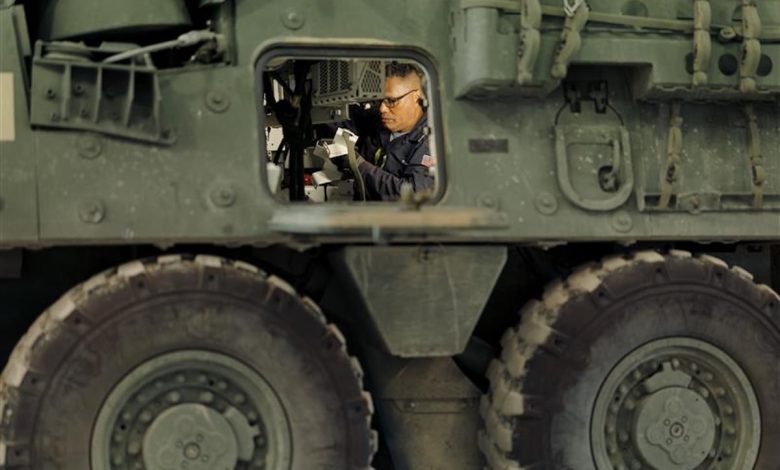Soldiers now equipped with next-gen navigation system

U.S. Army units have begun receiving updated navigational hardware known as the Mounted Assured Positioning, Navigation and Timing System (MAPS) GEN II, service officials announced.
The new system builds on its predecessor, MAPS GEN I, to provide soldiers with increased abilities to navigate and communicate in high-stress environments where GPS is denied or degraded.
MAPS Gen II was made to be compatible with emerging technology being used within the Army. It is also more secure against complex electronic warfare threats, such as adversaries attempting to sabotage GPS location technology via jamming or spoofing, according to a service release.
“Jamming is disruptive, but spoofing can be far more damaging,” Jennifer Thermos, acting product manager of Mounted PNT, said in the release. “With spoofing, you’re still getting GPS signal but if you don’t have a system like MAPS GEN II that can recognize a spoofing attempt and reject it, you could be following a false GPS signal which could lead you right to where the enemy wants you.”
The new system guards against these pitfalls with tighter encryption, sensor fusion algorithms and additional security enhancements, the release noted. It also features an alert system that warns soldiers of electronic interference threats.
Units recently trained to use the new system include the 2nd Stryker Brigade Combat Team, 2nd Infantry Division, attached to the 7th Infantry Division, according to the Army.
“GPS jamming was an issue we had to deal with in training. We must be prepared to respond to GPS jamming. In one case, MAPS indicated a detected threat, which was exactly what MAPS GEN II was designed to do, and we were able to take the appropriate actions,” said Capt. Tianna Johnson of the 2nd Stryker Brigade Combat Team in the release.
Integrating new technology across the services has been a top priority for the Pentagon. In September, officials created a new U.S. Central Command task force, composed of diverse specialists in data integration, logistics, resourcing and information systems, to deliver viable technology to units in the field within 60 days.
Zita Ballinger Fletcher previously served as editor of Military History Quarterly and Vietnam magazines and as the historian of the U.S. Drug Enforcement Administration. She holds an M.A. with distinction in military history.







